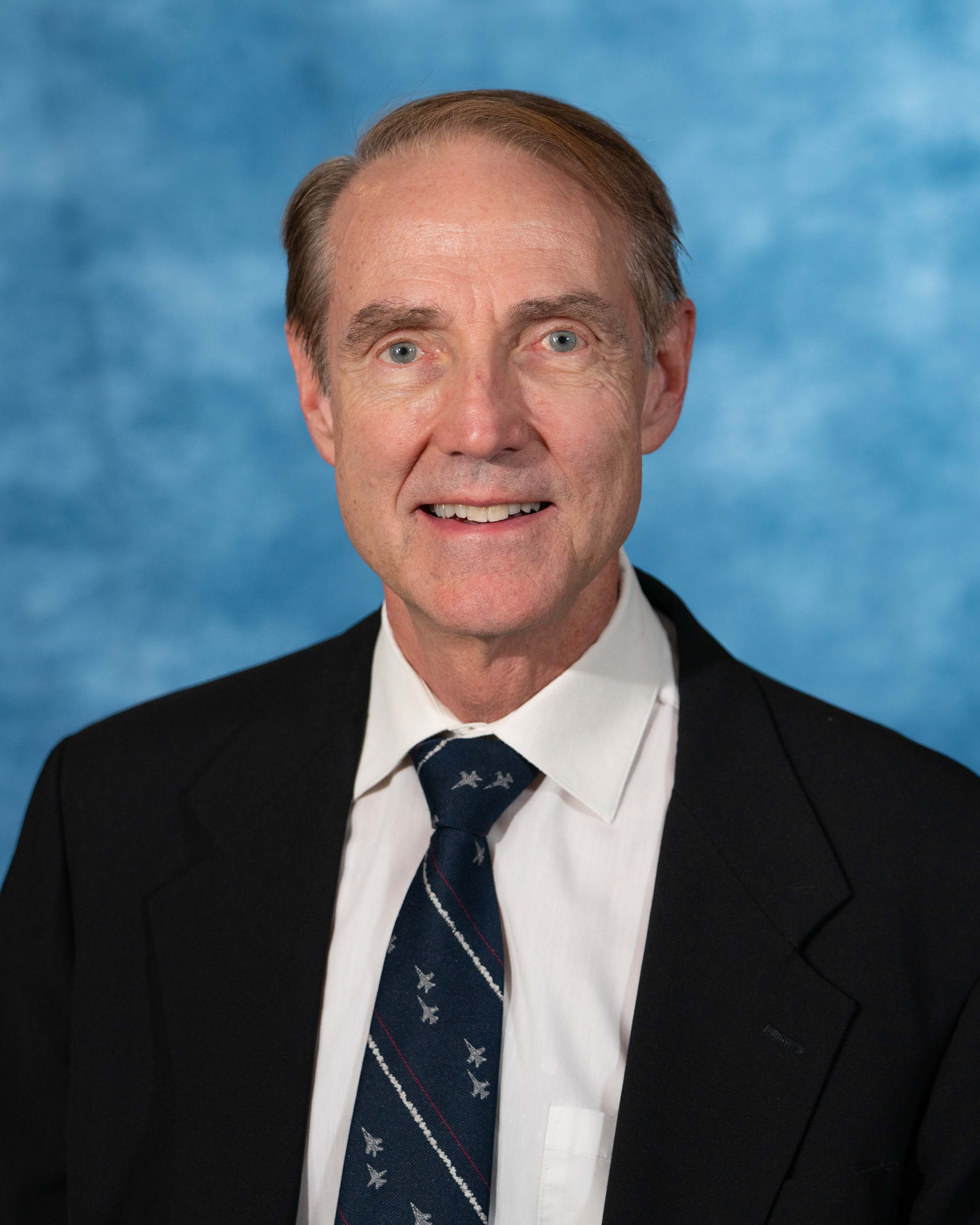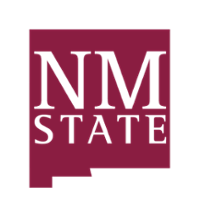Biography
Professor Douglas Dobbin brings more than 36 years of experience in aerospace and mechanical engineering, with a career spanning NASA, Boeing, White Sands Missile Range (WSMR), and private consulting. His work has focused on flight trajectory modeling, high-pressure oxygen systems, propulsion safety, and advanced aerodynamic design.
He began his career in the early 1980s conducting failure analyses and fluid system assessments in the aerospace and petroleum industries. At Rockwell International, Professor Dobbin played a key role in developing Space Shuttle orbit insertion and abort procedures, and later supported astronaut training with automated onboard tools.
At NASA’s White Sands Test Facility, he helped design high-pressure and vacuum testing systems and led the refurbishment of Space Shuttle hydrogen flow control valves. Notably, he invented a zero-leak hypergolic fuel valve for long-duration missions, published in NASA Tech Briefs and filed for patent.
From 2002–2022, Professor Dobbin served as an Aerospace Engineer at White Sands Missile Range, where he modeled high-speed intercept scenarios, developed real-time risk analysis tools, and planned weapons tests involving Mach 4 targets. Most recently, he worked as Lead Aerodynamics Engineer at Boeing Phantom Works, conducting conceptual design, stability analysis, and wind tunnel testing of advanced aircraft.
He has also taught mathematics and engineering at the University of Texas at El Paso and has mentored junior engineers and students throughout his career.
Awards and Recognition
- Hugh Scott Cameron Award ASME engineering 1983
- Rockwell International Mission Operations Directorate: Employee of the Month 1988
- Rockwell International Employee Suggestion Award for automating crew charts
- NASA Silver Snoopy Award: 1996
- Department of the Army: Civilian Service Achievement Medal WSMR: 2022
- Certificate of Recognition, Service During the Cold War: 2004
- Commendation – Lockheed – Gamma Ray Observatory Reboost Team: 1994
- Developmental Test Command (DTC) Professional Award: 2004
- Achievement Medal for Civilian Service, WSMR: 2014
- Commander’s Award for Civilian Service, WSMR: 2014
- NMSU Engineering Dean’s Advisory Committee for Aerospace Engineering: 2004
Certifications
- FAA Private Pilot license 1979
- FAA Instrument rating 1994
- FAA High-Performance Aircraft endorsement
- FAA Complex Aircraft endorsement
- Laser Safety Officer, Level 2 certification
- DoD Acquisition Level 2, Test and Evaluation, Level 2 Systems Engineering
Notable Projects & Technical Contributions
- Aerospace Safety & Innovation – Invented a zero-leak hypergolic fuel valve for deep space propulsion systems, improving long-duration reliability and safety. Edited NASA’s Safety Standard for Oxygen Systems.
- Flight Trajectory & Aerodynamics – Developed novel abort procedures for the Space Shuttle, enabling safer engine-out scenarios. Designed advanced flight profiles for Mach 4 test vehicles and UAV safety analyses, often in collaboration with the FAA.
- Weapons Testing & Risk Mitigation – Served as Flight Safety Action Officer for missile and bomb tests; created predictive tools to reduce risks to personnel and the public. Enabled testing of long-range cruise missiles and glide bombs through precision modeling and real-time decision-making.
- Aircraft Design & Wind Tunnel Testing – Led conceptual design and aerodynamic testing of classified aircraft at Boeing. Performed stability analyses, drag optimization, and interdepartmental coordination for performance refinement.
- Advanced Modeling & Software Development – Authored real-time risk assessment tools and developed atmospheric models used for trajectory prediction and optical correction. His Real-Time Footprint system significantly reduced canceled air drop missions.
- Consulting & Failure Analysis – Conducted high-profile failure investigations across aerospace and energy sectors, with a specialized focus on oxygen hazards in high-pressure systems.
Publications and Presentations
- “Leak-Free Pressurizing Valve,” NASA Tech Briefs, Dobbin, D.G., Bamford, L.J., 2000.
- ASTM Manual MNL36. “Safe Use of Oxygen and Oxygen Systems: Guidelines for Oxygen System Design, Materials Selection, Operations, Storage, and Transportation”, Beeson, H.D., Stewart, W.F., Woods, S.S.., Dobbin, D.G. Editors, ASTM 2000
- “Zero Leak Pressurizing Valve”, Technology 2006 Conference, Anaheim, CA, 29-31 Oct. 1996
- “Design of High-Pressure Oxygen Systems – Practical Suggestions”, Gunaji, M.V., Dobbin, D.G., Stoltzfus, J., Beeson, H., NASA WSTF
- “Oxygen Hazards Analysis of BOS Fill Valve, P/N 9320000, BOS Inlet Check Valve, P/N 9320045, and EOS Fill Valve, P/N 9120097-19”, Dobbin, D.G. NASA WSTF 1994.
- “Oxygen Hazards Analysis of BOS Regulator, P/N 9320014”, Dobbin, D.G. NASA WSTF 1994.
- “Oxygen Hazards Analysis of BOS Low-Pressure Relief Valve, P/N 9320022, and EOS Low-Pressure Relief Valve, P/N 9320148”, Dobbin, D.G. NASA WSTF 1994.
- “Oxygen Hazards Analysis of EOS Regulator, P/N 9320016”, Dobbin, D.G. NASA WSTF 1994.
- “USAF Backup and Emergency Oxygen Systems – Special Test Data Report (B-2 Spirit)”, Dobbin, D.G., Beeson, H., NASA WSTF 1993.
- “Oxygen Hazards Analysis of Treadwell Corporation Integrated Low-Pressure Electrolyzer (ILPE) Teflon Flexhose”, Dobbin, D.G., NASA WSTF 1995.
- “Compressible Gas Flow Into a Vessel”, Dobbin, D.G., NASA WSTF 1992.
- “Service Intervals for Oxygen Cart and BOS/EOS”, Lambert, K., Dobbin, D.G. NASA WSTF 1992.
- “Comparison of Cleanliness Requirements for Oxygen Systems”, Lambert, K., Dobbin, D.G. NASA WSTF 1991.
- “Fragment Penetration of Cinder Block Walls”, Dobbin, Reynaud, Stoltzfus, Lile, Christianson, Bamford, NASA WSTF 1991.
- “Oxygen Hazards Analysis of Redesigned Type IV Oxygen Flow Control Valve and Manifold”, Dobbin, D.G., NASA WSTF 1995.
- “Oxygen Hazards Analysis of High-Pressure Relief Valve, Part Number 9320002 (B-2 Spirit)” Dobbin, D.G., NASA WSTF 1994.
- “Oxygen Hazards Analysis of ValveTech Manual Valve, P/N 17012-2”, Dobbin, D.G., NASA WSTF 1994.



